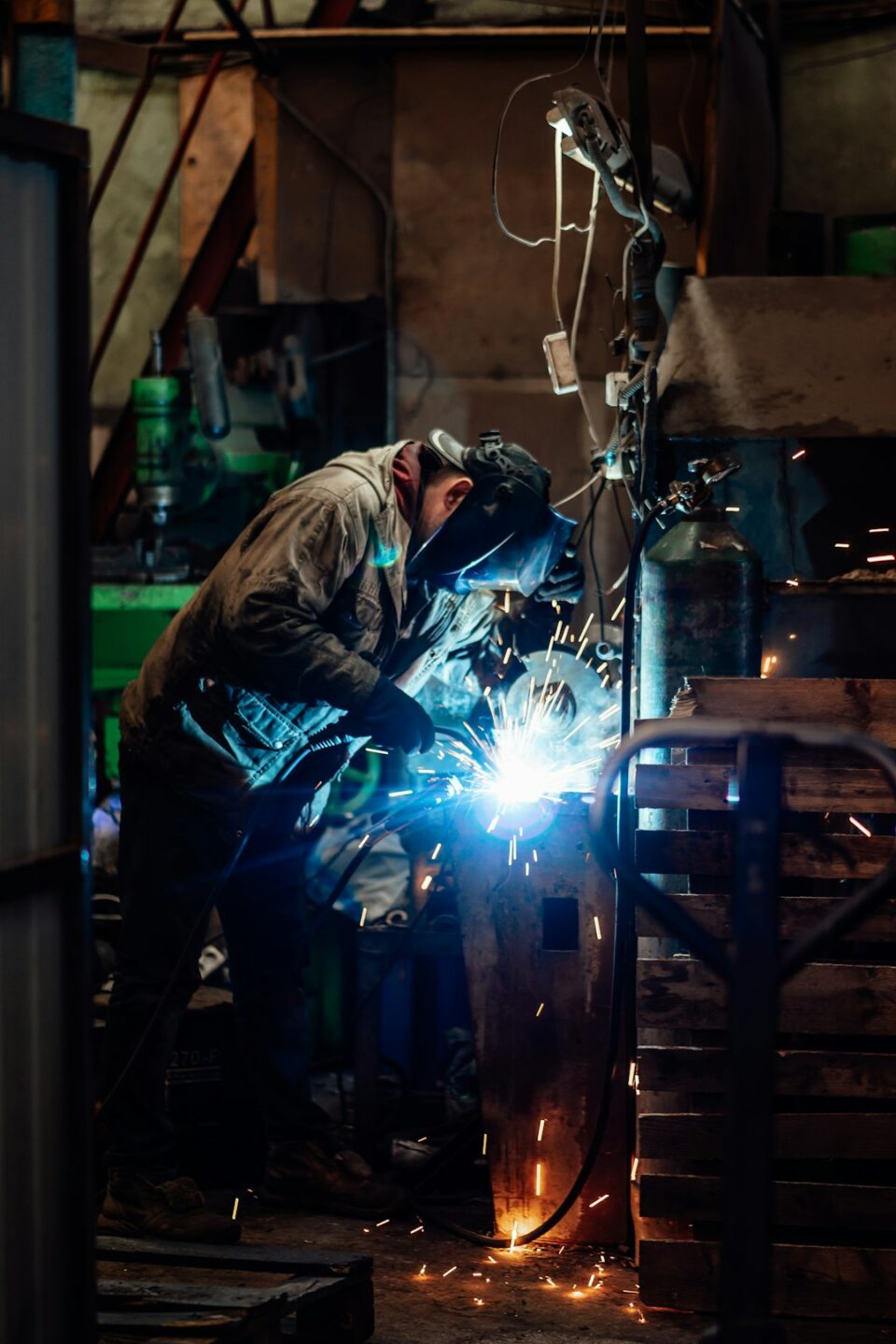Managing a manufacturing plant is a complex task that requires careful planning, organization, and attention to detail. From ensuring production runs smoothly to managing employees effectively, there are many challenges that manufacturing plant managers face on a daily basis. To help you navigate these challenges and successfully run your manufacturing plant, we’ve put together a list of top tips for managing a manufacturing plant.
1. Set Clear Goals and Objectives: The first step in effectively managing a manufacturing plant is to establish clear goals and objectives. These goals should be specific, measurable, attainable, relevant, and time-bound (SMART). By setting clear goals and objectives, you can provide direction for your plant and ensure that everyone is working towards a common purpose.
2. Develop a Comprehensive Production Plan: A well-developed production plan is essential for managing a manufacturing plant effectively. This plan should outline the production schedule, forecast demand, allocate resources, and identify potential bottlenecks. By having a comprehensive production plan in place, you can ensure that your plant operates efficiently and meets customer demand.
3. Implement Lean Manufacturing Principles: Lean manufacturing is a methodology that focuses on minimizing waste and maximizing efficiency in production processes. By implementing lean manufacturing principles, you can reduce costs, improve quality, and increase productivity in your plant. Some key lean manufacturing tools and techniques include value stream mapping, 5S, and continuous improvement.
4. Invest in Employee Training and Development: Employees are the backbone of any manufacturing plant, so it’s essential to invest in their training and development. By providing ongoing training and development opportunities, you can empower your employees to perform at their best and contribute to the success of your plant. In addition, developing a skilled and knowledgeable workforce can help you adapt to changing market conditions and technology advancements.
5. Ensure Workplace Safety: Safety should be a top priority in any manufacturing plant. To ensure workplace safety, it’s important to identify potential hazards, implement safety protocols, and provide proper training to employees. By maintaining a safe work environment, you can protect your employees from injuries, reduce downtime, and enhance overall plant performance.
6. Monitor Key Performance Indicators (KPIs): Key performance indicators (KPIs) are critical metrics that help you track the performance of your manufacturing plant. By monitoring KPIs such as production output, quality, downtime, and costs, you can identify areas for improvement and make data-driven decisions. Regularly reviewing KPIs can also help you measure progress towards your goals and ensure that your plant is operating efficiently.
7. Foster a Culture of Continuous Improvement: Continuous improvement is a philosophy that encourages ongoing enhancements to processes, products, and services. By fostering a culture of continuous improvement in your manufacturing plant, you can drive innovation, increase efficiency, and stay competitive in the market. Encourage employees to share ideas for improvement, implement feedback mechanisms, and celebrate successes to motivate continued progress.
8. Utilize Technology and Automation: Technology and automation play a key role in modern manufacturing plants. By leveraging advanced technologies such as robotics, artificial intelligence, and data analytics, you can streamline production processes, improve accuracy, and reduce labor costs. Investing in technology and automation can also help your plant stay ahead of the competition and adapt to changing industry trends.
9. Build Strong Relationships with Suppliers and Customers: Strong relationships with suppliers and customers are essential for the success of a manufacturing plant. By collaborating closely with suppliers, you can ensure a stable supply chain and access to high-quality materials. Similarly, by listening to customer feedback and addressing their needs, you can build loyalty, improve product quality, and drive long-term success.
10. Stay Flexible and Adapt to Change: In today’s fast-paced manufacturing environment, it’s crucial to stay flexible and adapt to change. Market conditions, technology advancements, and customer preferences can all shift rapidly, so it’s important to be agile and responsive. By staying informed about industry trends, monitoring competition, and being willing to pivot when necessary, you can position your manufacturing plant for long-term success.
In conclusion, managing a manufacturing plant requires a combination of strategic planning, operational excellence, and strong leadership. By following these top tips for managing a manufacturing plant, you can improve efficiency, reduce costs, and drive sustainable growth in your plant. Remember to set clear goals, invest in employee development, prioritize safety, monitor KPIs, foster a culture of continuous improvement, leverage technology, build strong relationships, and stay flexible in the face of change. With dedication and commitment, you can successfully navigate the challenges of managing a manufacturing plant and achieve your business objectives.


